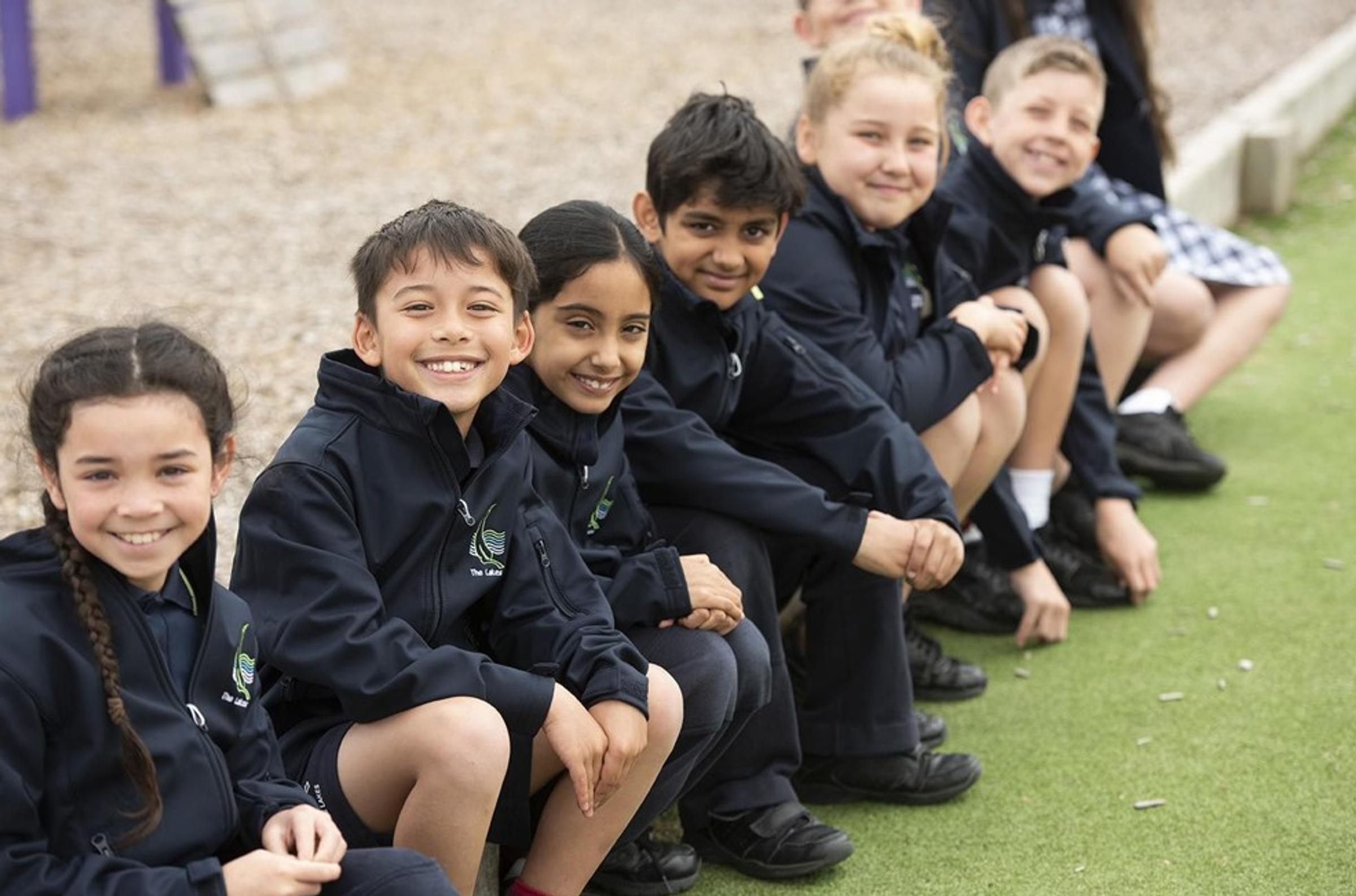Prep Program - Semester 1

English
Students focus on establishing the foundation for English learning by developing skills in reading, writing and speaking and listening. Students participate in a wide variety of experiences, building confidence and knowledge in all areas of literacy. They learn the letters of the alphabet, including corresponding sounds, and work towards applying this knowledge to reading and writing tasks. Through shared book experiences and individual literacy activities, students practise appropriate strategies, continuing to build on their reading and writing skills. They are encouraged to participate in small group and whole group discussions, sharing their ideas and reflecting on their learning.
Mathematics
Students continue to develop a range of number concepts. They explore numbers and practise counting from various starting points. Students order numbers from smallest to largest and make corresponding sets up to 20. Students create and copy patterns using shapes, objects and pictures. They sort and classify common two dimensional shapes such as squares, rectangles, circles and triangles and recognise three dimensional objects in the environment. Students order the days of the week and describe events which occur during the day and night. They continue to explore maths in real life contexts, applying their knowledge and understandings to a range of learning experiences.
Humanities & Science - Inquiry
Students explore the topics ‘Me in My World’ and ‘Looking after Myself and Others’. These units focus on the themes of belonging and student wellbeing. During these units, students reflect on own self, family and others in their local community. The school’s core values are introduced and explored through role-play and real life situations. The values provide a strong foundation for the units and assist with developing students’ sense of belonging and being a responsible and caring citizen in both the school and wider community. They are supported to develop an awareness of their own personal wellbeing and apply this understanding to their interactions with others.
Auslan
Students learn how to sign simple greetings, numbers 1-20, letters of the alphabet and finger spell their name. Students are introduced to the Auslan signs for simple nouns and verbs. They participate in simple interactions using Auslan signing with their peers. Students view a range of texts and videos presented in Auslan and respond to these through drawing or signing.
Health and Physical Education
Students practise fundamental movement skills and movement sequences using different body parts in outdoor and indoor settings. In addition to movement skills, they begin to develop their throwing and catching skills. Students learn to follow rules such as stopping on the whistle and listening to teacher instructions. They participate in partner and group activities to develop an understanding of cooperation. Students have an opportunity to identify and improve their personal strengths and reflect on their emotional responses to various games and activities.
Performing Arts
Students begin learning basic drama practices to build their ability to use voice, body movement and facial expression to communicate ideas and stories. They will develop listening skills, special awareness, and coordination to express themselves through movement. They use the world around them to inspire dramatic responses and rehearse and perform pieces with their peers.
Visual Arts
Students focus on developing various techniques through the Visual Arts elements of line, colour, shape, texture, value and space. They observe techniques used by artists from a range of social and historical contexts and plan and create their own visual art works. Students participate in the areas of drawing, collage, painting, textiles and construction. They use ideas and concepts taken from themes and visual stimuli from a range of cultures and social contexts to explore, create and express their ideas.
Media Arts
Students focus on developing various techniques through the Media Arts elements of representation, languages, technologies, institutions and audiences. They observe techniques and ideas of media artists from a range of historical and social contexts. Students will plan and create their own media artworks using story principles. They create such media artworks as photo stories, still photographs and animations.